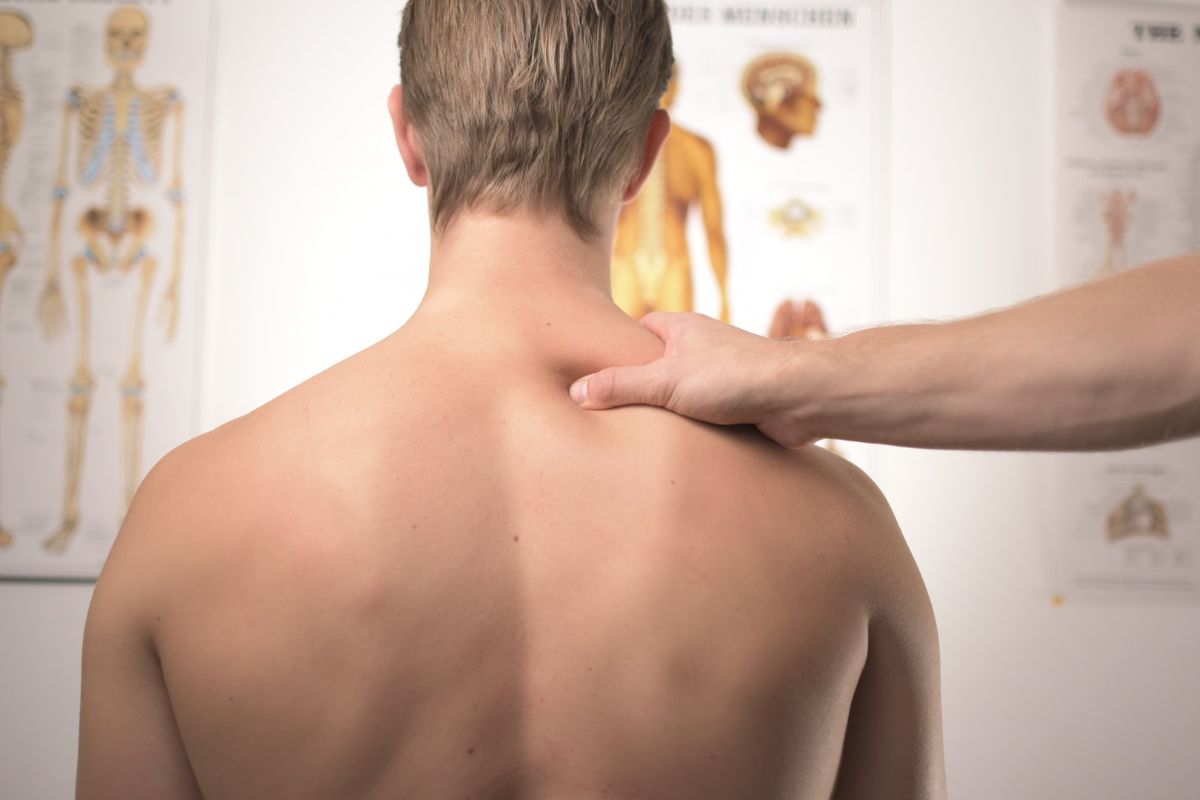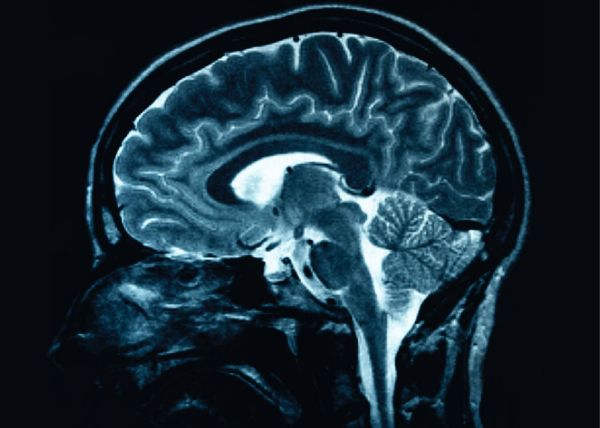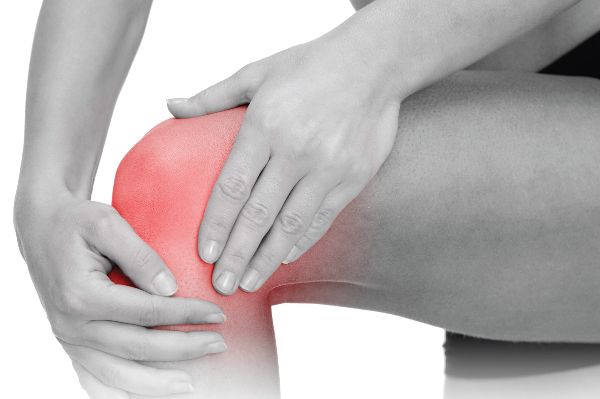How Much Exercise Do You Really Need?
Posted on April 10, 2012 by Dr. Andrea Hoglen
Updated on March 12, 2018 by Dr. Andrea Hoglen

This is a twist on one of the most common questions that I get in practice: Am I active enough?
It seems a simple enough question, but the answer is much more complicated.
Previously, the American Heart Association advised individuals to get at least 30 minutes of physical activity on 3 or more days per week. If we do the math, that is 90 minutes per week.
Is that enough?
Currently, the American Heart Association advises 30 minutes of physical activity on most or ALL days of the week.
Now we’re looking at 210 minutes per week.
Is that enough?
Well, research has shown us that 30 minutes of physical activity in the form of walking, done 6 days per week was able to reduce arthritic pain, dementia, Alzheimer’s, anxiety, depression, type II diabetes, and even hip fracture risk in post-menopausal women. Now, we’re not talking about weight loss here. We’re just talking about the general health benefits.
Even in obese individuals, the addition of exercise can reduce cardiovascular and other risk factors significantly, BEFORE any significant weight loss occurs.
“That’s too much for me!”
I understand the demands of a busy schedule, and I know that setting aside time can be difficult.
Start small! Schedule an activity three times per week. Get a friend involved to hold you accountable.
Take the dog for a walk. Play a pick up game of basketball.
You don’t have to run or bike or swim miles for this to work. Just do something.
Once you work up to 30 minutes three times a week, work at adding more. This month, aim for four times per week. Next month, aim for five. It is possible, but it seems like you’re biting off more than you can chew if you try to do it all today.
More is Better:
The best results in studies were seen with 30-60 minutes of physical activity per day. This doesn’t mean that 2 hours of activity isn’t good for you. On the contrary, the more physical activity a person engages in, statistically the better their health. What this means is that the most profound impact on changing someone’s health for the better is found in the range of 30-60 minutes daily. You’re still doing the body good after that point, it just doesn’t appear to be such a dramatic effect.
Intensity Counts Double:
With the advent of heart rate tracking wearables, most sources agree that 10 minutes of high-intensity workout (enough to make you sweat) counts as 20 minutes towards your weekly total. You don’t have to get your heartrate up, but it can be more time-efficient if you do.
So my challenge to you is to GET UP!
Take out your planner, your cell-phone, or your computer. Schedule a 30 minute walk three times within the next week. Then call, email, or text a friend to join you. Commit to them to get out and get active. Challenge them just like I’m challenging you today.
Embrace your resources!
The internet is an amazing thing in the modern world. The American Heart Association website has a Get Started Walking resource. Check out my favorite beginner’s running plan: the Couchto5k plan (they even have a C25k app for your phone!). Use an app to track your progress, so that you can proudly look back and see how much you’ve done! You can also use your favorite wearable to track your activity. Fitbit, Garmin, Jawbone, and many others are available these days. If you don't want to spend a lot of money, ask around to friends and family to see if anyone has one they no longer use. Share your successes on facebook and twitter, so that your friends can support you and keep you motivated.
Get Started! Make a difference in your life right now!

Research Review from the Annals of Internal Medicine showed significant reduction of acute neck pain with Chiropractic treatment.

Japanese research looking at the effects of Chiropractic adjustments on the glucose usage patterns of the brain.

Areas treated with laser therapy have faster healing, increased blood flow, and significant reduction in pain.

Research looking at the use of laser therpay to treat people suffering with chronic joint disorders. These include Osteoarthritis, TMJ disorders, knee pain, and back pain.
Share this Article!